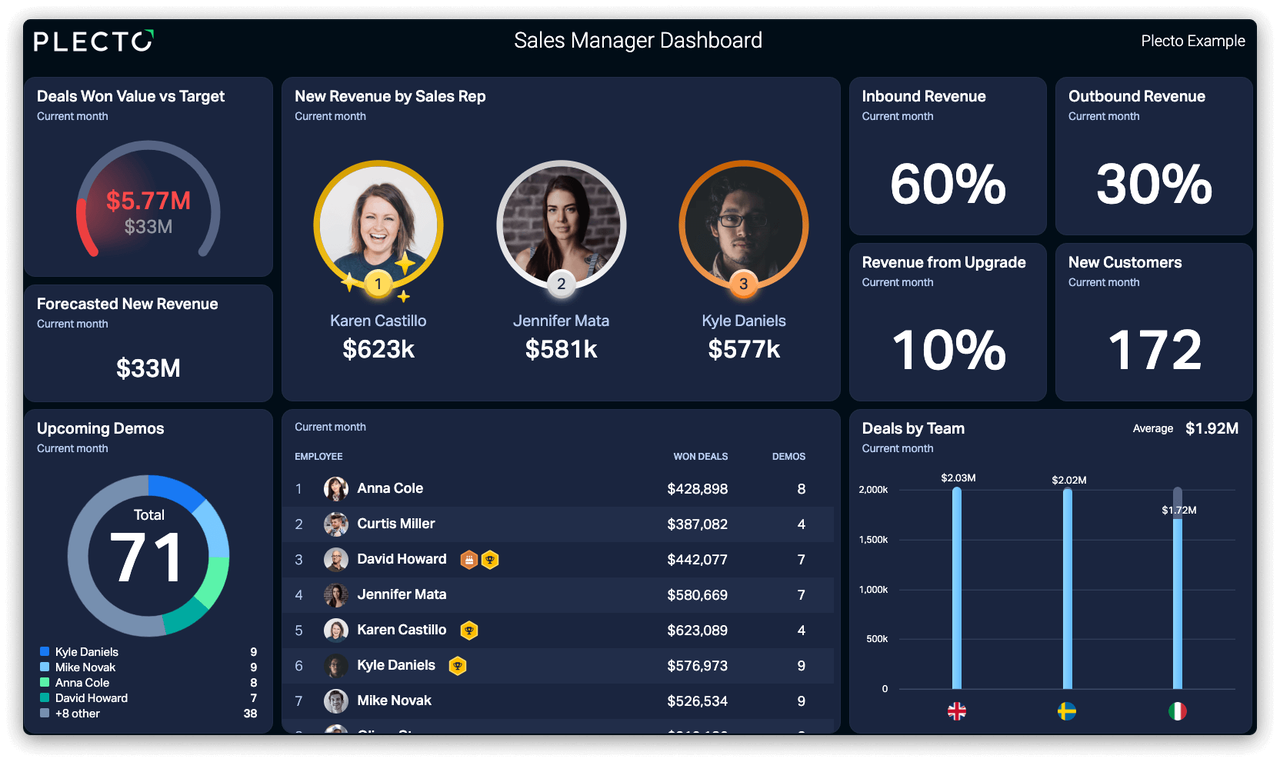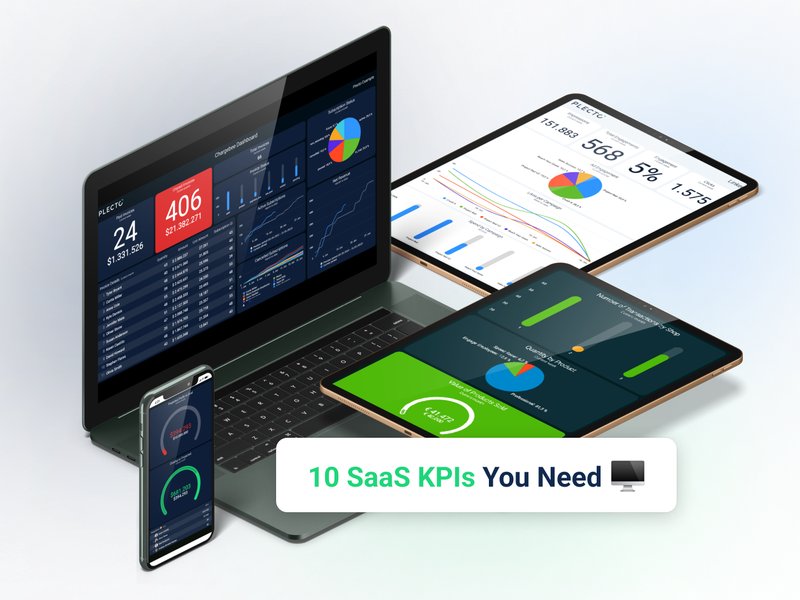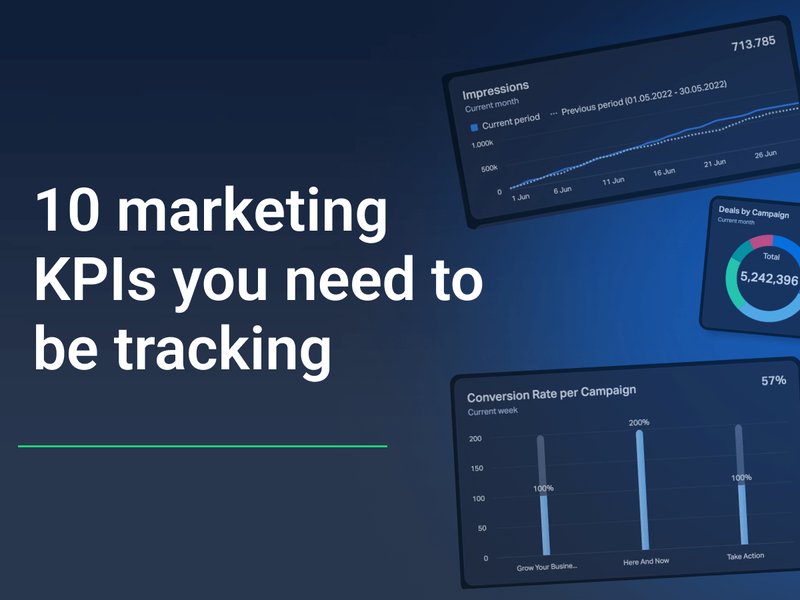From sales to marketing to customer service – and beyond, today’s companies collect more data than ever before. So it’s with good reason that KPIs is one of the biggest buzzwords to hit the business world in decades.
What are KPIs?
“KPI” is short for “key performance indicator.” Data-driven companies are increasingly tracking KPI metrics to measure how they perform over time against key metrics. Sales quotas are one of the most familiar KPI examples. Tracking KPI metrics helps companies set expectations, giving their employees targets to work toward while also providing ongoing real-time feedback about how the company is performing against its goals and giving insights that can help drive the right business decisions.
Without KPIs, companies mainly rely on intuition. Research shows that the most successful companies consistently track KPIs and use the insights they glean to drive crucial business decisions. Think of KPIs as your roadmap to success.
What is KPI reporting?
You might be wondering, “What is KPI reporting?” or “What is KPI tracking?” These terms are used interchangeably to refer to the tools, methods, and processes that companies use to track KPI metrics. After the relevant data has been collected, companies have to convert or distill it into a useful format that can help drive business decisions.
With effective KPI tracking, companies can identify what they’re doing well and identify areas needing improvement – before they become catastrophic. Many companies choose to automate their reporting or display their KPIs on dashboards, both of which can provide real-time overviews of KPI performance.
Build your first dashboard.
Start your 14-day free trial today
Generally, all companies have one common goal when tracking key performance indicators – measuring progress towards specific business goals while benchmarking improvements and current progress against the stated goals.
Tracking KPI Metrics with Automated Reporting and Customized Dashboards
Choosing, tracking, and acting on a smart mix of KPIs is a great first step towards a more data-driven approach to your business. Plecto enables you to schedule and generate automatic reports with custom KPIs and real-time data to help you stay on top of what’s happening throughout your company.
Plecto also makes it easy to track KPIs via real-time KPI dashboards. Creating personal KPI dashboards for each employee as well as departmental and company dashboards can increase employee engagement and feelings of ownership while helping management keep tabs on performance.
Get started with KPI tracking and reporting today. Sign up for a free 14-day trial of Plecto!




